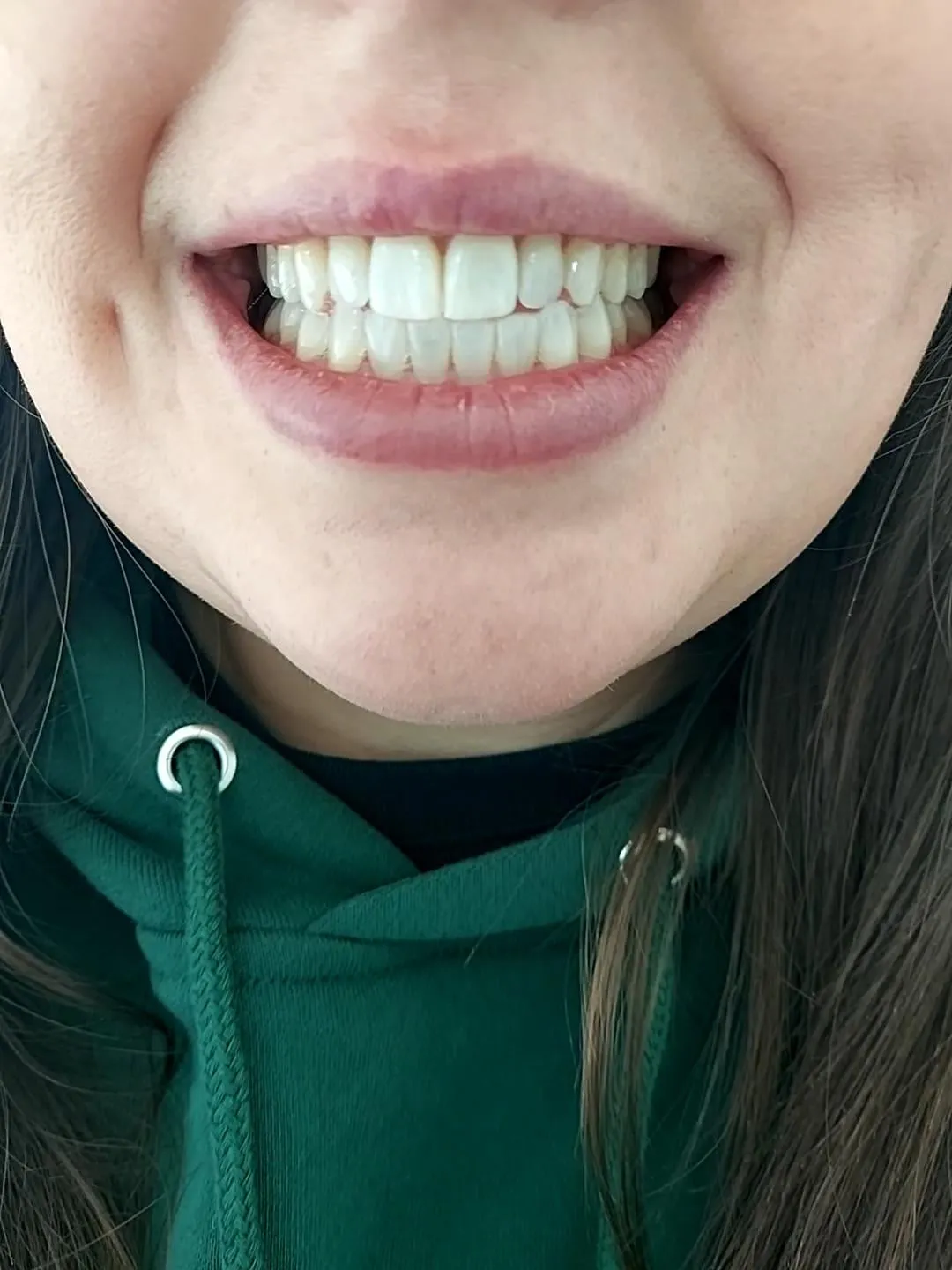Understanding Invisalign and Whitening Gel
Achieving a dazzling smile is a common aspiration, and with advancements in dental technology, it’s more attainable than ever. Invisalign, the clear aligner system, has revolutionized teeth straightening, offering a discreet alternative to traditional braces. Simultaneously, teeth whitening treatments have become increasingly popular for enhancing the brightness of your pearly whites. When combined, Invisalign and whitening gel present a unique opportunity to not only straighten your teeth but also brighten them, resulting in a stunning, confident smile. This article delves into the synergy between Invisalign and whitening gel, providing a comprehensive guide to achieving remarkable results. We’ll explore how these two treatments work in tandem, the best practices for effective whitening, and how to maintain your radiant smile.
How Invisalign Works for Teeth Whitening
Invisalign’s design, which uses custom-made, transparent aligners, offers a distinct advantage when it comes to teeth whitening. These aligners fit snugly over your teeth, acting as a perfect vehicle for whitening gel. The process is relatively straightforward: you apply the whitening gel to the inside of your Invisalign trays and then insert the trays into your mouth. Because the aligners are in direct contact with the teeth and create a sealed environment, the whitening gel is held closely against the enamel, maximizing its effectiveness. This close contact ensures a more even distribution of the whitening agent, leading to consistent and often faster results compared to other whitening methods. Moreover, the aligners protect your gums from the whitening gel, reducing the risk of irritation, a common side effect associated with some whitening treatments. The design allows you to whiten your teeth and straighten them simultaneously.
The Science Behind Whitening Gel
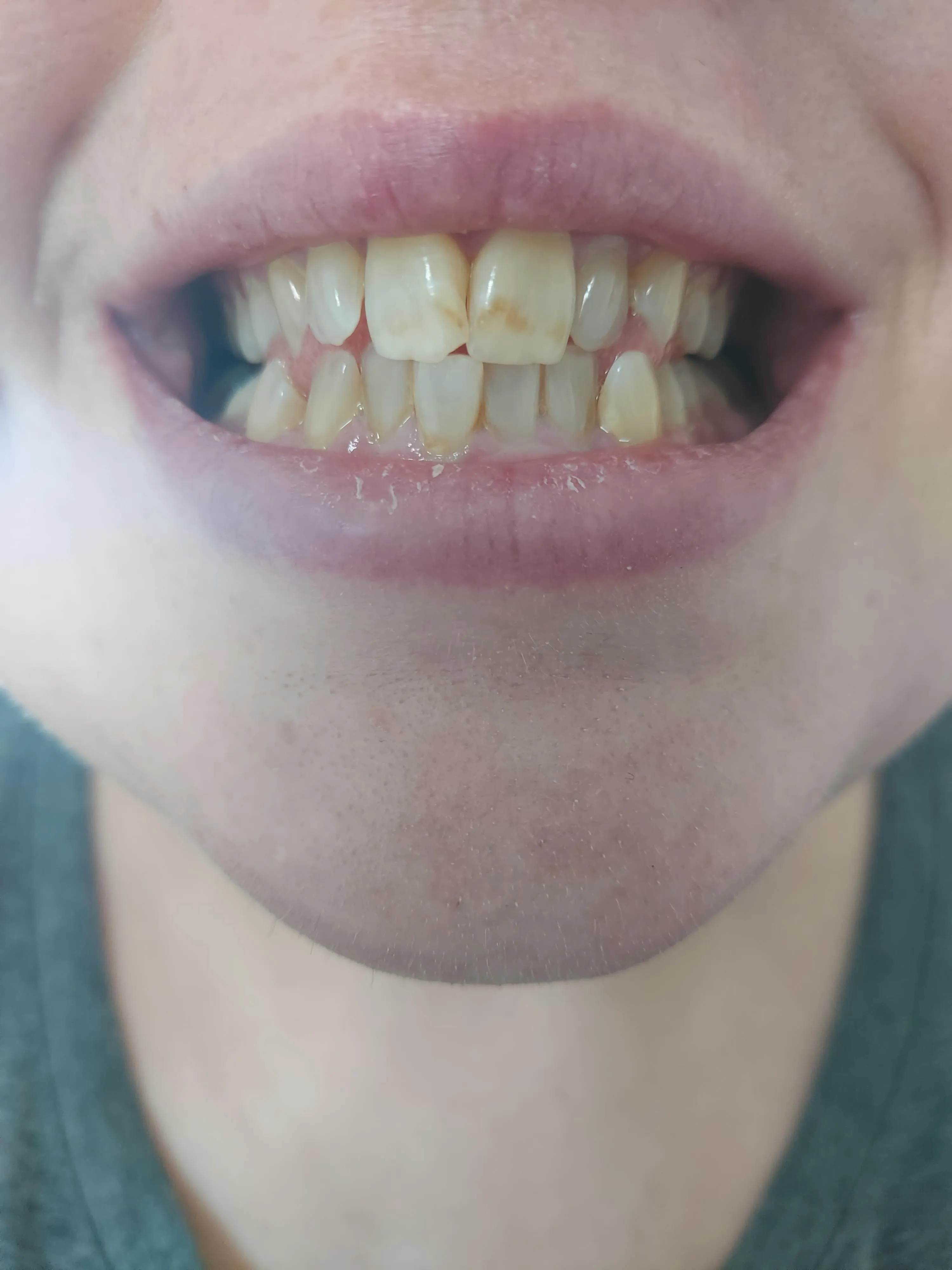
The active ingredients in most teeth whitening gels are typically hydrogen peroxide or carbamide peroxide. These chemicals work by breaking down stains and discoloration on the tooth’s enamel. When the whitening gel comes into contact with the enamel, it releases oxygen molecules that penetrate the enamel and dentin, the layer beneath the enamel. These oxygen molecules break down the stain molecules, effectively lightening the teeth. The concentration of the peroxide determines the speed and intensity of the whitening process. Higher concentrations typically yield faster results, but they may also increase the risk of sensitivity. Therefore, it is crucial to choose a whitening gel appropriate for your individual needs and sensitivity levels. Understanding the science behind whitening gel can help you make informed choices and achieve optimal results. It is always recommended to consult with a dentist to determine the best concentration and application method for your specific situation.
Choosing the Right Whitening Gel for Invisalign
Selecting the right whitening gel is a critical step in achieving the desired results when using Invisalign. Not all whitening gels are created equal, and some are better suited for use with aligners than others. Consider the concentration of the active ingredient, whether it’s hydrogen peroxide or carbamide peroxide, and the duration of the treatment recommended by your dentist. Higher concentrations can deliver faster results but might increase sensitivity. Also, opt for gels specifically designed for use with aligners. These gels usually have a thicker consistency to ensure they adhere well to the trays and spread evenly across the teeth. Additionally, be mindful of any potential additives in the gel, such as flavorings or desensitizing agents. Your dentist is the best resource to guide you in choosing the most suitable whitening gel. They can assess your oral health, consider your sensitivity levels, and recommend a product that aligns with your goals, ensuring both effectiveness and safety.
Types of Whitening Gels
Whitening gels come in various formulations to suit different needs and preferences. The two main types are hydrogen peroxide and carbamide peroxide-based gels. Hydrogen peroxide is the more potent of the two, offering faster whitening results, but it may also cause more sensitivity. Carbamide peroxide, on the other hand, breaks down into hydrogen peroxide, providing a slower release of the whitening agent and often causing less sensitivity. Whitening gels are also available in different strengths or concentrations, typically measured as a percentage of the active ingredient. Over-the-counter gels generally have lower concentrations, while those prescribed by a dentist may contain higher concentrations for more dramatic results. Some gels also include desensitizing agents, such as potassium nitrate or fluoride, to help reduce sensitivity. When selecting a whitening gel, consider your sensitivity level, the desired speed of results, and your dentist’s recommendations to choose the most appropriate type for your individual needs.
Key Ingredients to Look For
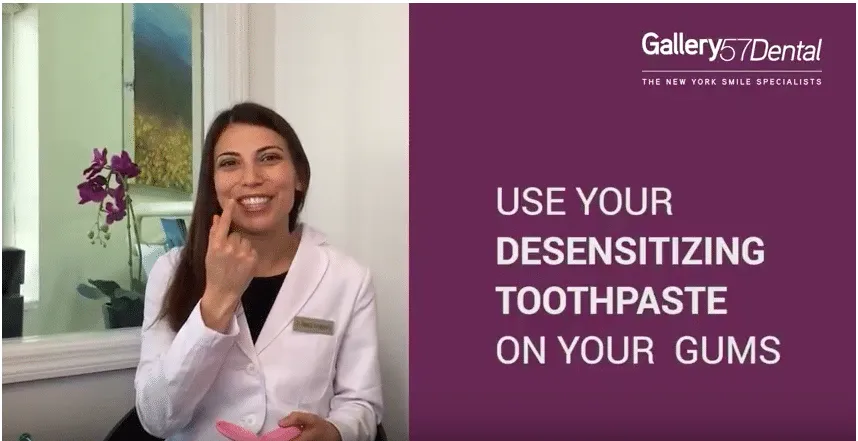
When choosing a whitening gel for use with Invisalign, it is important to pay attention to the ingredients list to ensure both effectiveness and safety. The primary active ingredient will be either hydrogen peroxide or carbamide peroxide, and you should consider the concentration of these ingredients based on your sensitivity and the desired speed of results. Besides the active whitening agent, look for gels that also contain desensitizing agents, such as potassium nitrate or fluoride. These ingredients help to soothe the teeth and reduce sensitivity, a common side effect of teeth whitening. Avoid gels with high alcohol content, as these can be drying and potentially irritating to the gums. Also, check for any artificial flavorings or colorings, which may not be necessary and could potentially cause an allergic reaction or sensitivity. Always consult with your dentist or dental professional. A great option is to search for products with these helpful agents.
Application Guide for Whitening Gel with Invisalign Trays
Proper application is key to achieving optimal whitening results with Invisalign. Before applying the whitening gel, ensure your Invisalign trays are clean and dry. Then, apply a small amount of the whitening gel to the inside of the aligners, following the instructions provided by your dentist or the manufacturer of the whitening gel. The amount of gel needed will depend on the product and the size of your trays, but a small dot of gel per tooth is typically sufficient. Avoid overfilling the trays, as this can cause the gel to leak and potentially irritate your gums. Once the gel is applied, carefully insert the aligners into your mouth, ensuring they fit snugly against your teeth. Wear the aligners for the duration recommended by your dentist or the product instructions, usually a few hours a day or overnight. After removing the aligners, rinse your mouth thoroughly with water and clean your aligners. Regular and correct application is essential for effective whitening.
Step-by-Step Application Process
The process of using whitening gel with Invisalign is relatively simple but requires careful execution to maximize the whitening effect and minimize potential side effects. Begin by brushing and flossing your teeth thoroughly to remove any food particles or plaque. Clean and dry your Invisalign trays. Squeeze a small bead of whitening gel into each tooth impression of your aligners, following the manufacturer’s or dentist’s instructions. The amount of gel required will vary, but a small amount is usually sufficient. Carefully insert the trays into your mouth, ensuring they fit snugly against your teeth. Wear the aligners for the recommended time, typically a few hours or overnight, depending on the gel’s concentration and your dentist’s advice. After removing the aligners, rinse your mouth with water to remove any remaining gel. Clean your aligners thoroughly with a soft toothbrush and water, and store them in a clean, dry place. Follow the procedure consistently for the duration of your whitening treatment. It’s important to maintain a routine to see the desired results.
Dos and Don’ts of Whitening Gel Application
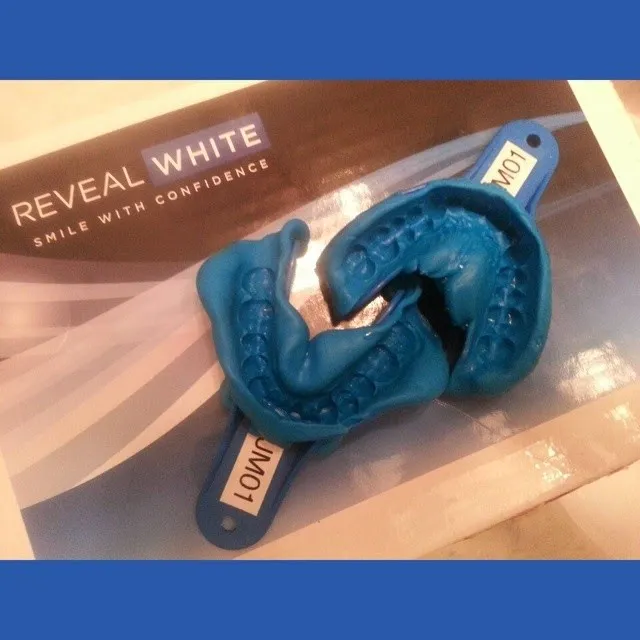
To ensure a successful whitening experience and avoid any complications, it’s important to follow some key dos and don’ts when using whitening gel with Invisalign. Do apply the gel as directed by your dentist or the product instructions, and use the recommended amount to avoid irritating your gums. Do clean your trays thoroughly after each use to prevent bacterial buildup and ensure the effectiveness of the gel. Do consult your dentist if you experience any sensitivity or discomfort, as they can provide guidance and suggest solutions, such as using a desensitizing toothpaste. Don’t overfill your trays with gel, as this can cause the gel to leak out and irritate your gums. Don’t eat or drink anything other than water while wearing your trays to prevent staining or diluting the gel. Avoid smoking during the whitening process, as it can stain your teeth and reduce the effectiveness of the treatment. Following these dos and don’ts will help you achieve a brighter, whiter smile.
Maximizing Results with Whitening Gel and Invisalign
To maximize the results of your whitening treatment with Invisalign, consider these helpful tips. Maintain a consistent oral hygiene routine by brushing and flossing your teeth regularly to remove surface stains and plaque, which can interfere with the whitening process. Avoid foods and drinks that can stain your teeth, such as coffee, tea, red wine, and dark berries, especially during the treatment period. If you do consume these items, rinse your mouth with water afterward to minimize staining. Stick to the recommended treatment duration and application schedule provided by your dentist or the product instructions, as consistency is key to achieving optimal results. Consider using a whitening toothpaste and mouthwash, but consult with your dentist first, as some products may be too abrasive or could affect the whitening process. By combining these practices with the use of whitening gel and Invisalign, you can enhance your smile and enjoy a brighter, more confident appearance.
Maintenance Tips for a Brighter Smile
Maintaining your bright, white smile after completing your Invisalign and whitening treatment is crucial for long-term success. Continue practicing excellent oral hygiene by brushing your teeth at least twice a day, flossing daily, and using a fluoride-containing toothpaste to strengthen your enamel. Schedule regular dental check-ups and cleanings to remove any surface stains and ensure your teeth remain healthy. Limit your consumption of staining foods and drinks, such as coffee, tea, and red wine. If you do consume these items, rinse your mouth with water afterward or use a straw to minimize contact with your teeth. Consider using a whitening toothpaste or mouthwash to help maintain your results, but consult with your dentist to ensure they are appropriate for your needs. You may also want to consider touch-up treatments with whitening gel periodically, as recommended by your dentist. By following these maintenance tips, you can preserve your radiant smile and enjoy a lifetime of confidence.
Avoiding Common Mistakes
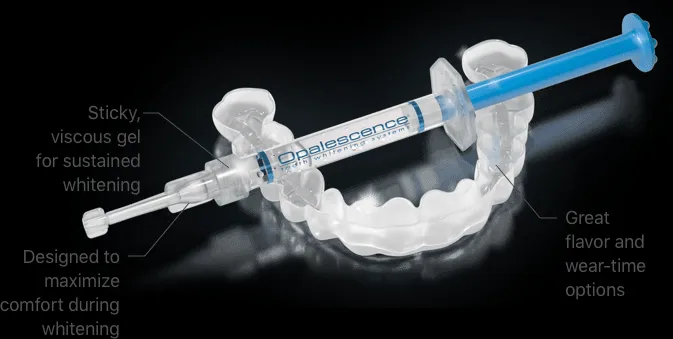
To ensure you achieve the best possible results with your Invisalign whitening treatment, it’s essential to avoid common mistakes that can hinder your progress. One frequent error is using too much whitening gel, which can lead to gum irritation or swallowing the excess gel. Always follow the recommended amount specified by your dentist or the product instructions. Another mistake is not maintaining a consistent application schedule, as skipping treatments can significantly reduce the effectiveness of the whitening process. Adhering to the recommended duration and frequency is critical. Neglecting proper oral hygiene, such as inadequate brushing and flossing, can also undermine your efforts. Food particles and plaque buildup can prevent the whitening gel from effectively contacting your teeth. Additionally, consuming staining foods and drinks during the treatment period can diminish your results. Be mindful of what you eat and drink, and rinse your mouth with water after consuming items that could stain your teeth. Finally, failing to consult with your dentist about any concerns or side effects can lead to unnecessary discomfort or complications. Seek professional advice when needed.
Potential Side Effects and How to Manage Them
While teeth whitening is generally safe, some potential side effects can occur. The most common side effect is tooth sensitivity, which can range from mild to moderate. This is often temporary and subsides after the treatment is completed or with the use of desensitizing toothpaste. Gum irritation is another possible side effect, especially if the whitening gel comes into contact with the gums for an extended period. This can manifest as redness, swelling, or soreness. In rare cases, some people may experience an allergic reaction to the whitening gel, characterized by symptoms such as hives or difficulty breathing. To manage sensitivity, use a desensitizing toothpaste containing potassium nitrate or fluoride. Avoid hot or cold foods and drinks during the treatment period, and consider reducing the frequency or duration of your whitening sessions. If you experience gum irritation, make sure the gel does not contact the gums. If you experience an allergic reaction, discontinue use immediately and seek professional medical help.
Sensitivity and Irritation
Tooth sensitivity and gum irritation are the most frequently reported side effects of teeth whitening. Tooth sensitivity occurs when the whitening agent penetrates the enamel and reaches the dentin, causing the nerve endings to become more sensitive to temperature changes or pressure. Gum irritation can arise from the whitening gel’s contact with the soft tissues of the gums, leading to inflammation and discomfort. To minimize sensitivity, use a toothpaste specifically designed for sensitive teeth, which often contains ingredients like potassium nitrate or fluoride to block the nerve pathways. Avoid consuming excessively hot or cold foods and drinks during treatment. If sensitivity persists or worsens, consult your dentist, who might recommend a lower concentration of the whitening gel, shorter treatment durations, or the use of fluoride treatments. To prevent gum irritation, be careful to apply the gel only to the teeth and avoid overfilling the trays. If any irritation occurs, rinse your mouth thoroughly with water and consult your dentist. They can recommend solutions and ensure your comfort throughout the treatment.
Alternatives to Whitening Gel with Invisalign

While whitening gel used with Invisalign is a popular and effective method, several alternatives can also help brighten your smile. One option is professional in-office teeth whitening, performed by a dentist. This treatment typically uses a higher concentration of whitening agents and can produce immediate results. Another alternative is over-the-counter whitening products, such as whitening strips, toothpastes, and mouthwashes. These products are generally less potent than professional treatments, but they can still provide noticeable improvements over time. For those seeking a more natural approach, there are also various home remedies, such as using baking soda or activated charcoal. However, it’s important to note that the effectiveness of these remedies is often limited, and some may even be abrasive or damaging to your enamel. Before trying any alternative method, consult with your dentist to determine the best option for your specific needs and oral health condition. They can provide personalized recommendations and ensure the safety of any alternative whitening treatment.
Professional Whitening Options
Professional teeth whitening offers several advantages over at-home treatments, including faster results and more personalized care. Dentists have access to higher concentrations of whitening agents, which can produce more dramatic and quicker results than over-the-counter products. In-office whitening procedures typically involve applying a strong whitening gel to the teeth, often combined with a special light or laser to accelerate the process. The entire procedure is usually completed in a single office visit, making it a convenient option for those seeking immediate results. Dentists can also customize the treatment based on your individual needs and sensitivity levels, ensuring a safe and comfortable experience. They can also address any potential issues, such as tooth decay or gum disease, before starting the whitening process. Although professional whitening treatments tend to be more expensive than at-home options, the results are often more significant and longer-lasting. Consulting with your dentist will help you determine if professional whitening is the right choice and to receive expert guidance on achieving a brighter, healthier smile. Remember that teeth whitening is a cosmetic procedure. As long as your teeth are properly healthy, it is generally safe to do.
Over-the-Counter Whitening Products
If you prefer a more budget-friendly and convenient option, over-the-counter whitening products can offer a degree of teeth brightening. Whitening strips are a popular choice, as they are easy to use and deliver a concentrated dose of whitening agent directly to the teeth. Whitening toothpastes and mouthwashes also provide a more gradual approach to whitening, using mild abrasives and chemicals to remove surface stains. However, it’s important to understand that over-the-counter products are generally less potent than professional treatments, and the results may not be as dramatic. Before using any over-the-counter whitening product, read the instructions carefully and follow them precisely. Be mindful of potential side effects, such as tooth sensitivity or gum irritation, and discontinue use if you experience any discomfort. Consult with your dentist about the safety and effectiveness of over-the-counter products. They can recommend specific brands and formulations suitable for your needs. Over-the-counter whitening products can be a convenient option for maintaining a brighter smile, but they may not be suitable for everyone, especially those with significant tooth discoloration or sensitive teeth.
Conclusion
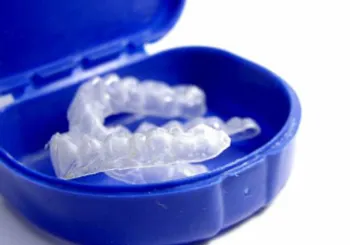
Combining Invisalign with whitening gel offers a powerful and effective way to achieve a straighter, brighter smile. By understanding the science behind teeth whitening, choosing the right products, and following the proper application techniques, you can maximize your results and enjoy a confident, radiant smile. Remember to consult with your dentist throughout the process, from selecting the right whitening gel to managing potential side effects. Maintaining a consistent oral hygiene routine and following the maintenance tips outlined in this article will help you preserve your beautiful, white smile for years to come. Embrace the journey of transforming your smile, and enjoy the lasting benefits of a healthy and confident appearance. With the right approach and dedication, achieving stunning results with Invisalign and whitening gel is entirely within reach.
